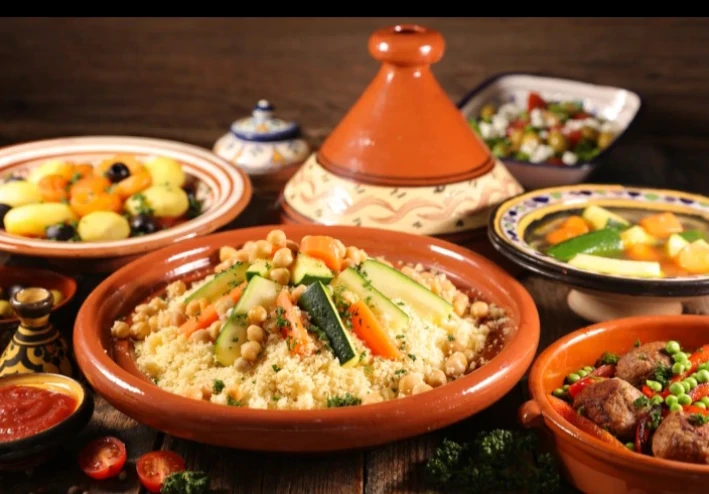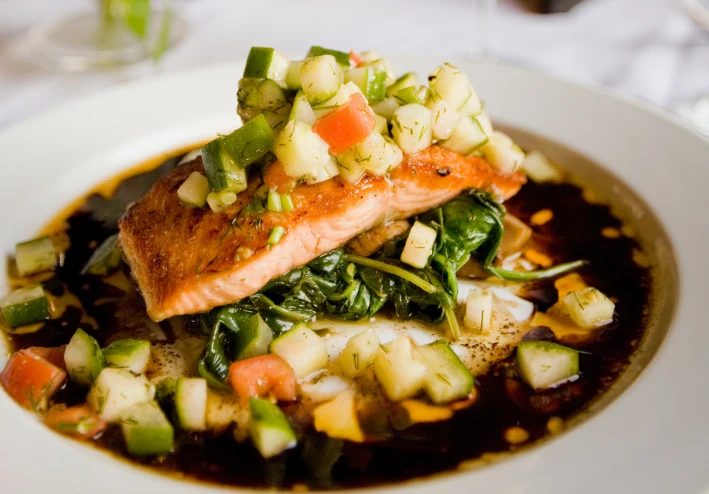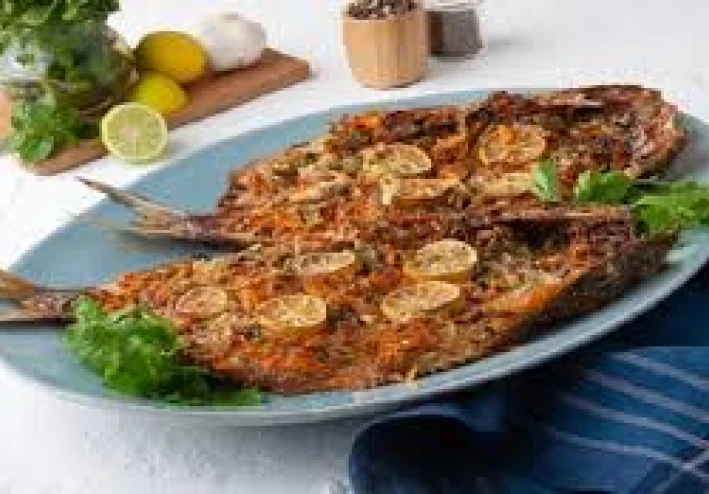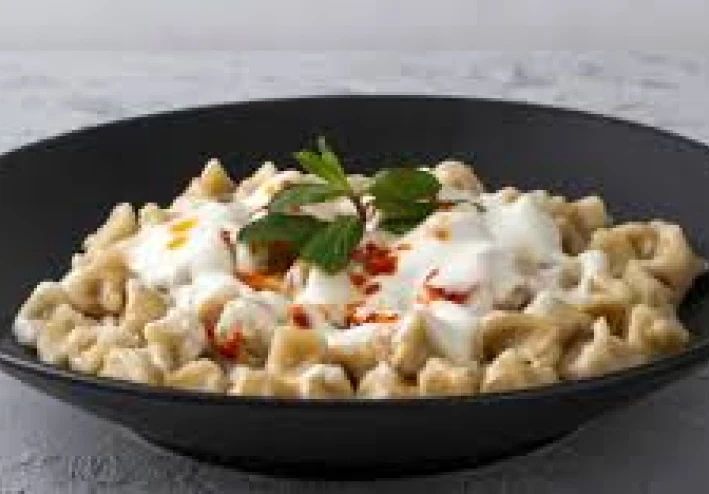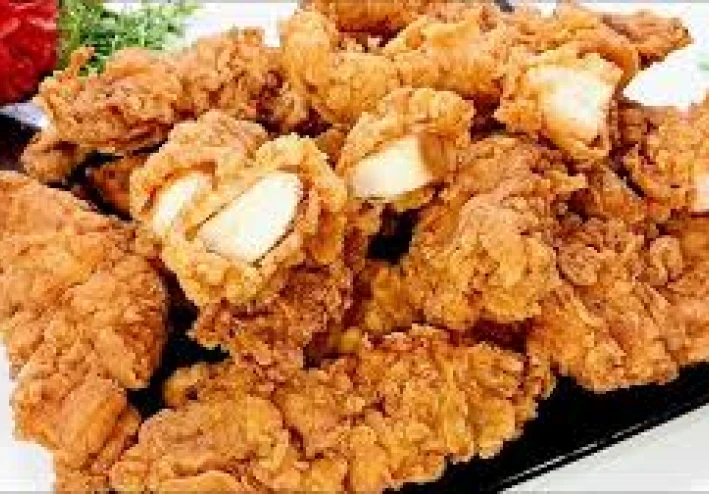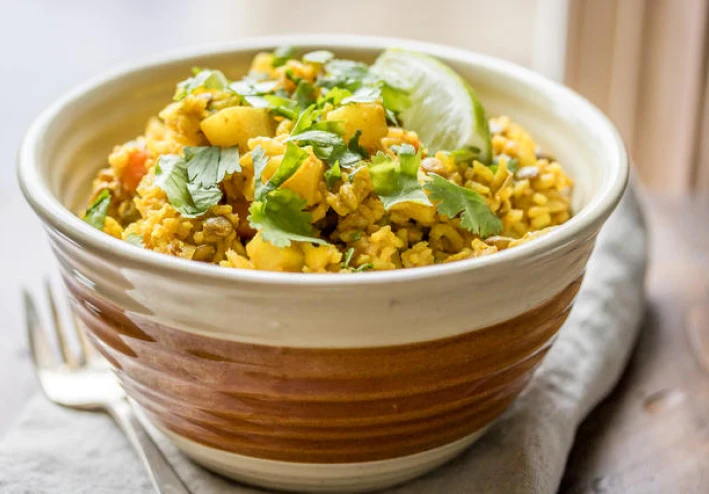Moroccan Couscous: A Traditional Masterpiece Rich in Flavor and Heritage
By a Moroccan Culinary Expert
🏺 Historical and Cultural Introduction
Couscous is a staple of Moroccan cuisine and is widely regarded as the national dish. It originates from Amazigh (Berber) culture and symbolizes togetherness and hospitality, especially on Fridays, when families traditionally gather around one large dish.
In 2020, couscous was inscribed by UNESCO as an Intangible Cultural Heritage of Humanity.
📋 Key Ingredients
A. Semolina (Couscous):
Made from durum wheat semolina.
Moistened, hand-rolled, and floured until light and fluffy.
B. Vegetables and Meat:
Lamb, chicken, or beef (usually with bone).
Seven traditional vegetables: carrots, turnips, zucchini, eggplant, potatoes or pumpkin, cabbage, and chickpeas (mymoroccanfood.com).
Spices: ginger, turmeric, black pepper, saffron; sometimes ras el hanout is added.
C. Optional Side (Tfaya):
A sweet caramelized mixture of onions, raisins, sugar, and cinnamon, often served as a topping (moroccanfoodtour.com).
---
🍲 Step-by-Step Preparation
1. Cook the Meat Stew:
In a pot or pressure cooker, sear the meat with olive oil until browned.
Add chopped onion and season with spices (ginger, turmeric, pepper, saffron).
Pour in water to cover the meat and add soaked chickpeas. Let simmer.
2. Add the Vegetables Gradually:
Once the meat is partially cooked, add the harder vegetables (carrots, turnips), then the softer ones (zucchini, potatoes).
Cook until all are tender and flavorful.
3. Steam the Couscous (using a Couscoussier):
Place the couscous in the steamer basket above the simmering stew and steam three times:
1. First steaming for 15 mins.
2. Remove, fluff by hand, sprinkle with water and salt.
3. Repeat for a total of 3 steamings (fr.wikipedia.org).
4. Prepare the Tfaya (Optional but Recommended):
Sauté sliced onions, then add raisins, sugar, and cinnamon.
Cook until caramelized and golden brown.
5. Plating & Presentation:
Place the couscous in a large dish. Arrange the vegetables and meat artistically on top.
Pour some broth over the couscous and garnish with tfaya if desired.
---
🧑🍳 Expert Tips
Serving size: For 4 people, 2 cups couscous + 600–800g meat + ~1kg vegetables.
Saffron adds richness to both flavor and color.
Steaming the couscous (vs boiling) yields the lightest, fluffiest texture.
Traditionally eaten by hand with the right hand, promoting community and sharing.
---
🌍 Global Variations
Vegetarian couscous with chickpeas, raisins, almonds.
Sweet Seffa Couscous: with cinnamon, powdered sugar, raisins, dates (epicurious.com).
Fish couscous (popular in Tunisia and Eastern Morocco).
---
✍️ Final Thoughts
Couscous is not just a dish; it’s a cultural ritual that gathers families and celebrates heritage. From its aromatic broth to the communal spirit around the table, couscous represents warmth, tradition, and joy. A true culinary story worth sharing in books, blogs, and kitchens worldwide.

